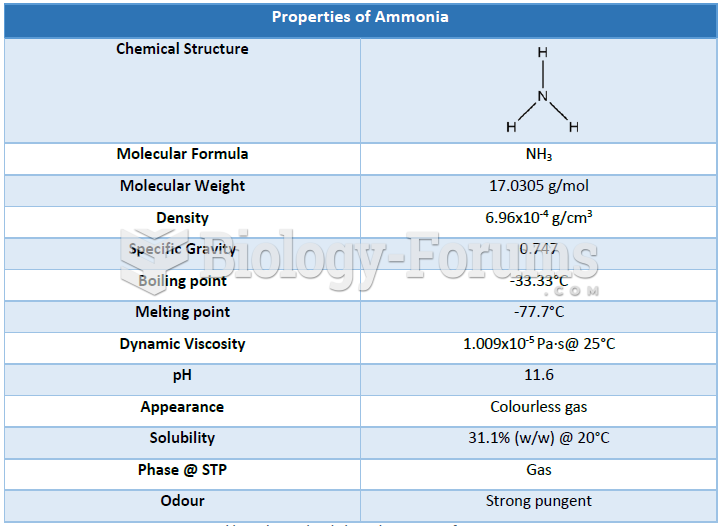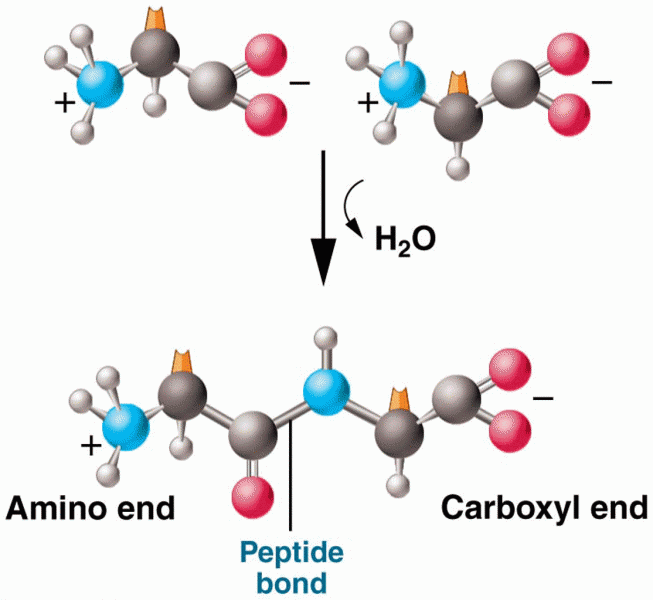Answer to Question 1
Chain length is the number of total carbons in the fatty acid molecule. Unsaturation is the presence of one or more double bonds between carbons that give different shapes to fatty acids.
Longer chains and more saturation mean more solid fats, but unsaturation is the most important factor in fluidity.
Saturation refers to how the carbons in the fatty acids are saturated with hydrogen. If every carbon is saturated with (bonded to) two hydrogen, then this is a fully saturated fat. However, if the average number of hydrogens in a fat is less than two per carbon, it is unsaturated. This is done by the carbons forming what is called a double bond (Figure 3.6, p. 38).
The point at which the double bond is in the carbon chain is referred to in relation to the last, or omega, carbon in the chain. The first carbon is the carboxylic acid, and the next one is the alpha, or first after the acid, the second is beta, then delta, gamma, epsilon. The last carbon is omega for the last letter in the Greek alphabet. There are three general classes of unsaturated fatty acids, the omega-3, omega-6, and omega- 9, for where in the chain the double bond is made. The figure shows different fatty acids with double bonds at different points in the chain, giving different bends and shapes to the molecule. This all affects how they pack in crystals, membranes, and changes their metabolic function.
Answer to Question 2
Simple fats are those existing as single molecules. Of these, fatty acids are the simplest. Fatty acids are to fats as sugars are to carbohydratesone of the simplest forms of the chemical class. Fatty acids are chains of carbon, with a minimum length of 2. Some fatty acids in nature can reach up to 60 carbons. At one end is a carboxylic acid group made up of a carbon and two oxygens, thus the term fatty acid.







